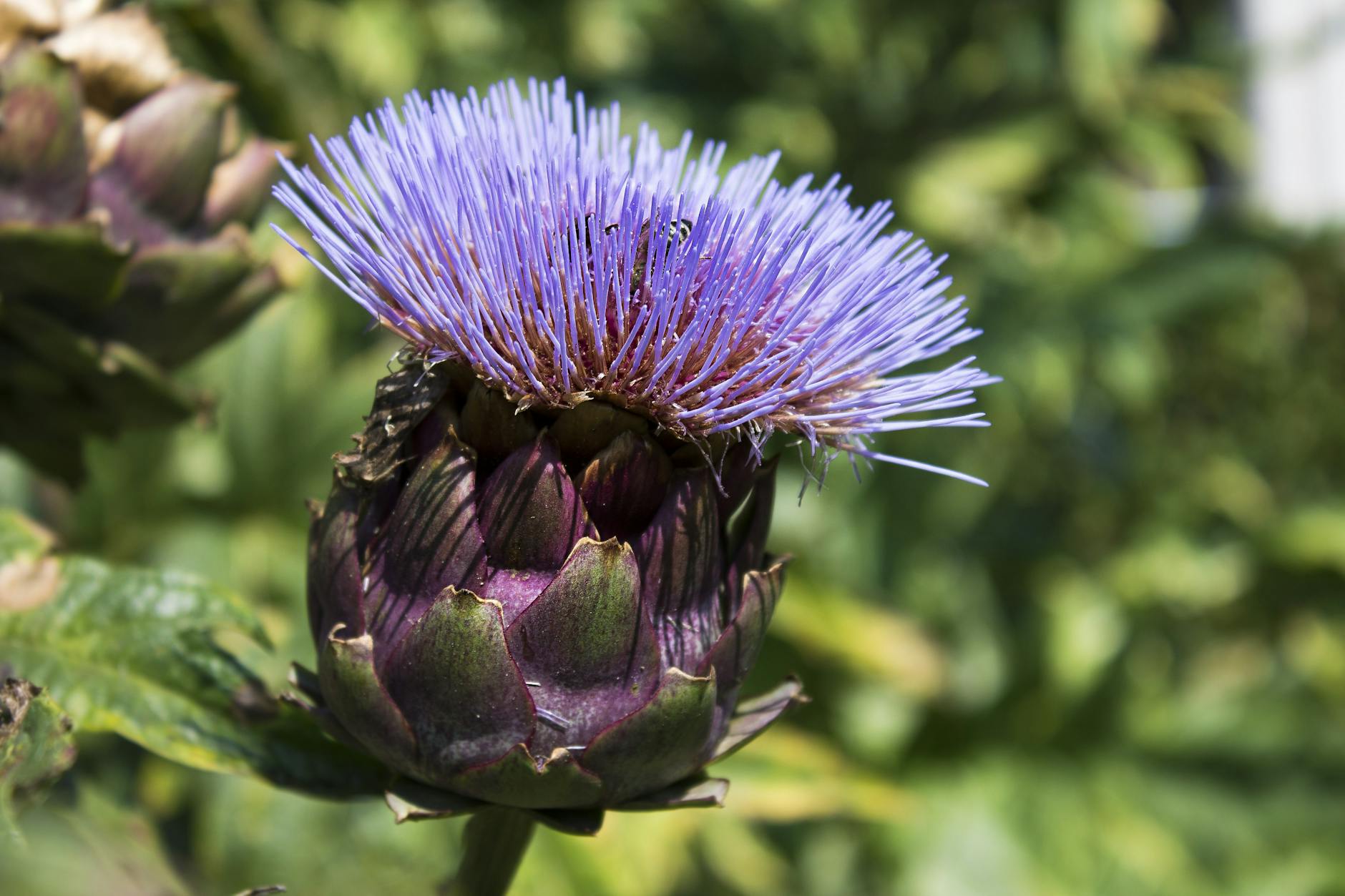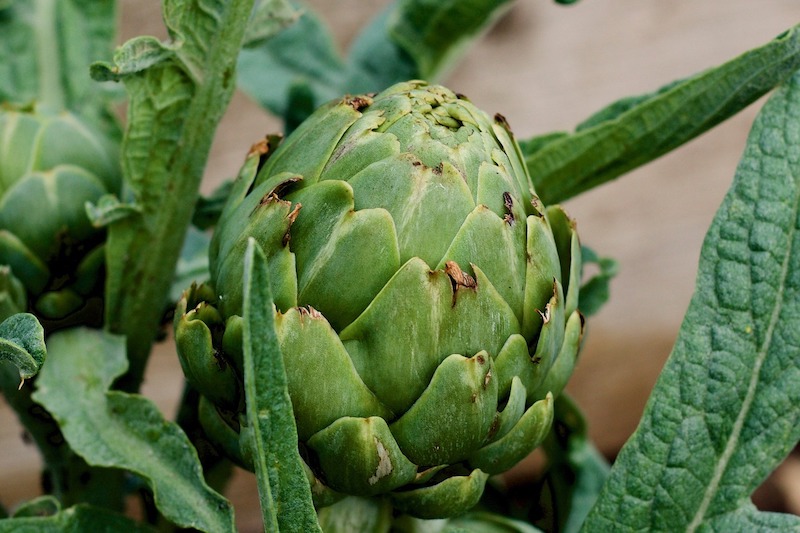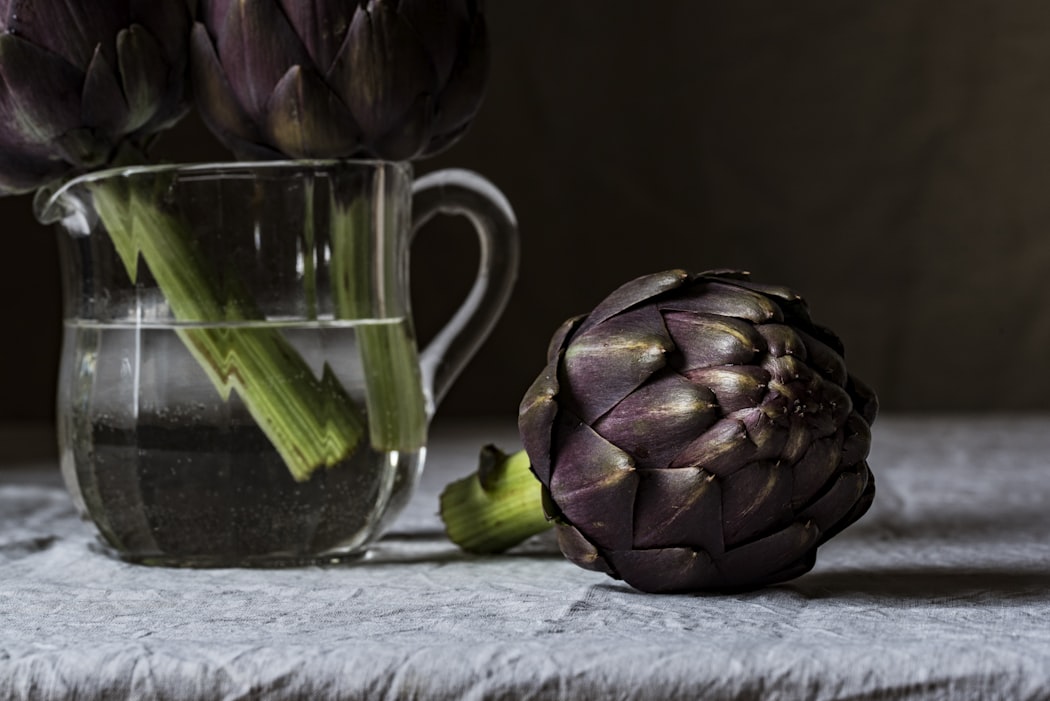Want to try your hand at growing artichokes this spring? That’s a great idea considering how pricey they can get at the supermarket. Find out how you can grow artichokes in your garden for a fresh and free supply!
All You Need To Know About Growing Artichokes
Growing artichokes would have never made it to my gardening list, if not for its high price in the market. My curiosity is all the more heightened by this peculiar vegetable, that is a flower you can eat, and it’s highly nutritious. Go beyond your usual annual tomatoes and lettuce and grow a perennial vegetable this spring season. Make room for exotic artichokes and have a free supply of this tasty perennial vegetable year after year. Help yourself to this growing guide and interesting info about artichokes!
Introducing Artichokes

If you’ve heard about the Jerusalem artichoke and the globe artichoke, they are different plant varieties. Jerusalem artichokes are root crops and have been called as such for its taste, which is said to resemble globe artichoke. What is featured in this article is the globe artichoke with edible flower heads.
Globe artichoke is a plant native to the Mediterranean but is now naturalized in different parts of the world. Amazingly, anti-oxidants present in artichokes is one of the highest reported for vegetables. You can grow this peculiar vegetable which is a sort of domesticated thistle, prolific and planted as a perennial.
When To Grow Artichokes
Depending on your hardiness zones, artichoke can either be planted as an annual or a half-hardy perennial. In areas with mild winters and cooler summers, they can be grown as perennials in spring. Starting the seeds indoors 2 months before the last frost date will allow you to grow this vegetable as annuals in zone 7.
Where To Grow Artichokes
Although artichokes are known to be cool season perennial plants, they can grow in a wide range of temperatures, except in areas where the summer can be very hot like in some parts of Florida. You can grow them in both full morning sun and partially shaded areas as long as no large trees are close to the plant bed. Try growing artichokes on a spacious site where the soil is rich in organic matter.
Varieties Of Artichoke To Grow
Artichokes are commonly green, but purple varieties are available, much like a lot of green vegetables. Grow the ‘green globe’ as a perennial–hardy in zone 7, and a heavy-bearing variety. One other green variety is the ‘Imperial star’ which is best grown annually. Purple varieties like the ‘Violetta’ and ‘Opera’ are hardy varieties best grown in zones up to 6.
How To Grow Artichokes From Seeds
Growing artichoke from seeds was previously thought to be an impractical method, but experts found this to be inaccurate. Find out how to grow artichoke from seeds as you read through.
Step One: Starting Artichoke Seedlings
Start your artichoke seeds indoors and expect the seeds to germinate in 10 to 20 days. Prepare seed starting pots, at least 4 inches deep and fill them with potting soil mix or compost. Poke two holes an inch apart in the pot with soil and drop a seed into each hole. Cover the seeds with compost and moisten the pot with warm water to encourage germination. You can place the pots under indoor grow lights, cold frames, or a sunny window sill.
Step Two: Transplanting Artichoke Seedlings

Prepare your soil in a plant bed by working a foot of compost or any other organic matter. Water the soil, enough to make it thoroughly moist but not overly wet. Dig holes in your plant bed 6 feet apart of each other, then set the seedlings, keeping the root ball intact. Fill the holes back with soil.
Step Three: Artichoke Plant Care
Firm the soil around the plants to set the seedlings and give it a watering to help establish the new plants. Pests are not a great problem for artichokes but they can be attacked by aphids and slugs. Find out how you can control these garden pests naturally here.
How To Grow Artichokes By Dividing
Propagating artichokes from a dormant plant will allow you to grow the same quality as the main plant. Growing artichoke from a divided plant is also advised every 2 to 3 years.
Step One: Picking A Plant To Divide
You can buy dormant artichoke roots in garden supply stores or nurseries. But if you’ve got one growing in your garden, you can propagate more artichokes from them. Dividing artichokes is also ideal when the plants have become too close to each other. Prepare first the area you’ll be transplanting the divided artichoke plant. Take note, artichokes are prolific, they would be perfectly situated in corners or edges of a plant bed.
Step Two: Dividing Artichokes
Check you artichoke plant for shoots growing around or from the main root. Look for a clear separation in the plant for you to dig, through. Plant your garden shovel deeply through the separation and dig out the plant with the root ball. You can also dig the entire plant root ball and divide from there. Take care in dividing the roots so as not to damage the entire root system.
Step Three: Growing Artichoke Side Shoots
Plant the artichoke growth with the roots 6 to 8 inches underground, with the holes dug at least 4 feet apart. Remember, artichokes are heavy feeders so a rich soil with compost would be ideal for growing. Don’t worry if the outer foliage wilts and will seemingly die in the first few days. Just make sure the soil component in its new area is the same as where it was previously planted.
Harvesting Artichokes
Edible flowers of artichokes are best harvested when they’re still in their bud form. They’re hardly edible when they’ve blossomed so watch out for the round buds when they’ve grown to about the size of an apple. After you’ve cut the main bud, some secondary heads will appear, which you may harvest, once they’ve grown to the size of a golf ball.
Watch this video to get more tips and ideas for growing artichokes this season:
Now you know how to grow artichokes in your garden. You’ve got one more peculiar perennial vegetable to add to your garden this spring season. Grow artichokes and enjoy the perks of this free vegetable in your garden!
Would you care to grow artichokes in your garden? I’d be delighted to hear all about it in the comments section below.
You might also want to take on broccoli this spring season. Learn how to grow broccoli here.
Don’t forget to follow us on Facebook, Instagram, Pinterest, and Twitter for more smart gardening ideas!






